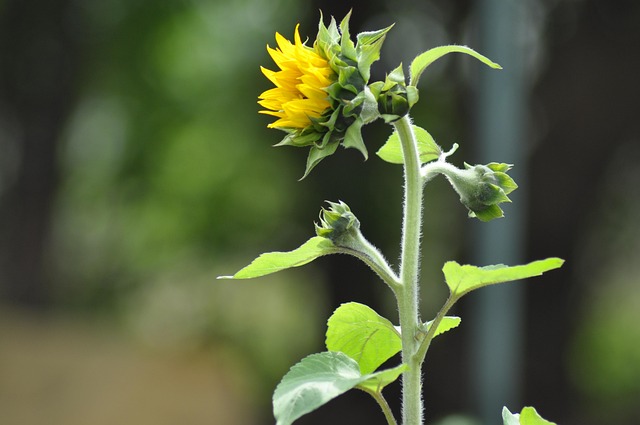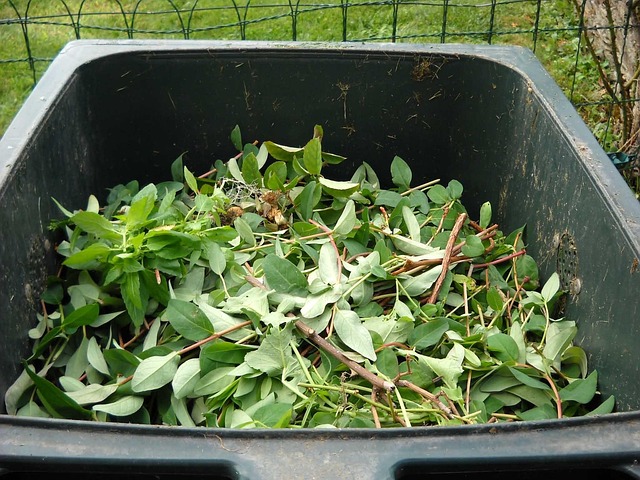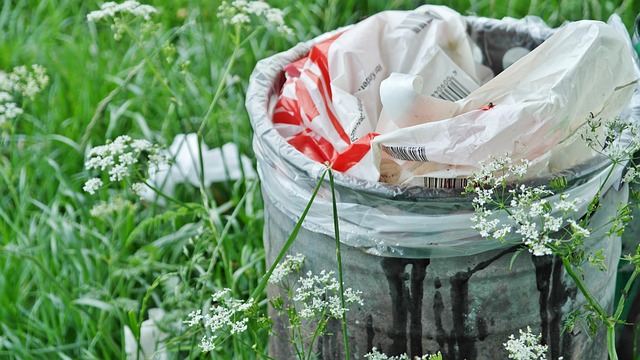In an age where urbanization often overshadows nature, community gardening has emerged as a breath of fresh air, uniting individuals under the common goal of cultivating greenery and fostering a sense of belonging. These shared garden spaces are not just patches of soil; they are vibrant ecosystems where people come together to nurture plants, share knowledge, and contribute to a healthier environment.
The environmental benefits of community gardening are profound. By transforming vacant lots or underutilized spaces into lush gardens, communities are effectively combating the urban heat island effect, lowering temperatures in densely populated areas. Plants naturally purify the air, absorbing carbon dioxide and releasing oxygen, while also filtering pollutants. This greenery not only enhances our aesthetic landscape but also contributes significantly to a cleaner, more breathable atmosphere.
Gardening is inherently eco-friendly. Within a community gardening project, members often engage in sustainable practices such as composting, water conservation, and organic growing techniques. This collective effort reduces waste and promotes the responsible use of resources, teaching each participant the importance of nurturing the environment.
Moreover, community gardening encourages biodiversity. Diverse plant species attract various pollinators like bees, butterflies, and birds, which play a crucial role in maintaining ecological balance. By planting flowers, vegetables, and herbs together, communities create sanctuaries that support local wildlife, thereby enriching the ecosystem.
The social aspect of community gardening cannot be overlooked. Participants form bonds over shared gardening experiences, fostering friendships across different backgrounds and age groups. The garden becomes a gathering place where stories are exchanged, skills are learned, and a sense of community is nurtured. Each meeting, whether planting seeds or harvesting produce, strengthens ties and cultivates a spirit of cooperation and understanding.
Nature has a way of teaching us patience and resilience, qualities that are embodied in gardening. As participants tend to their plots, they learn to adapt to the whims of the weather, the challenges of pests, and the cycles of growth and decay. These lessons mirror life itself, allowing individuals to find solace and comfort amidst their struggles.
In addition, community gardening provides an opportunity for people to reconnect with the source of their food. As urban living distances us from the origins of our meals, planting a vegetable or herb garden empowers individuals to appreciate the effort behind every bite. The satisfaction of harvesting fresh produce is unparalleled, promoting healthy eating habits and a deeper understanding of nutrition.
As we witness the joys of community gardening, it’s essential to remember that every small contribution counts in the larger scheme of environmental stewardship. Even the tiniest plot can pave the way for a greener future. Join or initiate a community gardening project in your neighborhood, and together, let’s cultivate not just plants, but a thriving, interconnected community that values the environment and each other.




